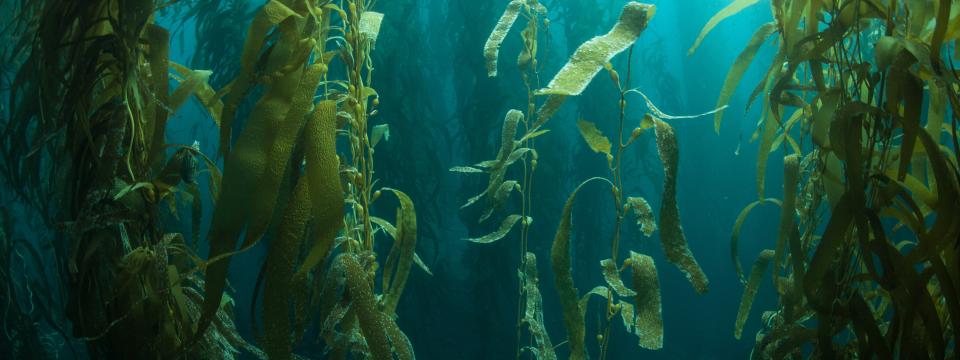This bibliography gathers publications over many years from a variety of researchers exploring topics of agency, directionality, and function (among others) with a special emphasis on CASP members. It began with work from teams within the initial Agency, Directionality and Function project and continues to be populated with papers and articles from diverse researchers looking to further develop and expand ways of working interdisciplinarily on the complex theme of teleology.
Included in the bibliography are entries for publications and books that many scholars involved in the Agency, Directionality and Function project recommended as foundational texts in their field of study. We welcome suggestions for additions to the bibliography from CASP members.
Function and Teleology
Plutynski, A. (2023). Four Ways of Going “Right” Functions in Mental Disorder. Philosophy, Psychiatry, & Psychology, 30(2), 181–191.
Potochnik, A. (2008). "Optimality modeling in a suboptimal world." Biology & Philosophy 24(2): 183–197.
Reiss, J.O. (2009). Not by Design: Retiring Darwin's Watchmaker. Berkeley and Los Angeles: University of California Press.
Rifkin, M. J., & Garson, J. (2023). Sex by design: a new account of the animal sexes. Biology & Philosophy, 38(2), 13.
Rocca, J. (ed.) (2017). Teleology in the Ancient World: Philosophical and Medical Approaches. New York: Cambridge University Press.
Rose, M.R. and Lauder, G.V. (1996). Adaptation. London: Academic Press.
Rosenblueth, A., Wiener, N. and Bigelow, J. (1943). “Behavior, purpose and teleology.” Philosophy of Science 10:18–24.
Ruse, M. (1989). “Teleology in biology: is it a cause for concern?” Trends in Ecology & Evolution 4(2): 51 - 54.
Ruse, M. (2003).Darwin and Design: Does Evolution Have a Purpose? Cambridge (MA): Harvard University Press.
Ruse, M. (2018). On Purpose. Princeton and Oxford: Princeton University Press.
Russell, E.S. (1945). The Directiveness of Organic Activities. Cambridge (UK): Cambridge University Press.
Rytkönen, K. T., Faux, T., Mahmoudian, M., Heinosalo, T., Nnamani, M. C., Perheentupa, A., Poutanen, M., Elo, L. L., & Wagner, G. P. (2022). Histone H3K4me3 breadth in hypoxia reveals endometrial core functions and stress adaptation linked to endometriosis. IScience, 25(5), 104235.
Sarkar, S. (2023). That was the Philosophy of Biology that was: Mainx, Woodger, Nagel, and Logical Empiricism, 1929–1961. Biological Theory.
Schiefsky, M.J. (2007). Galen's teleology and functional explanation. In Oxford Studies in Ancient Philosophy, Volume 33, ed. D. Sedley, 369–400. Oxford: Oxford University Press.
Schlosser, G. (1998). “Self-re-production and functionality: a systems-theoretical approach to teleological explanation.” Synthese 116:303–354.
Sfara, E. (2023). From technique to normativity: the influence of Kant on Georges Canguilhem’s philosophy of life. History and Philosophy of the Life Sciences, 45(16).
Sfara, E., & El-Hani, C. N. (2023). Ecosystem health and malfunctions: an organisational perspective. Biology & Philosophy, 38(5), 37.
Snell-Rood, E. C., & Smirnoff, D. (2023). Biology for biomimetics I: function as an interdisciplinary bridge in bio-inspired design. Bioinspiration & Biomimetics, 18(5), 052001.
Trestman, M.A. (2012). Implicit and explicit goal-directedness. Erkenntnis 77:207–236.
Walsh, D. (2008). “Teleology.” In The Oxford Handbook of Philosophy of Biology. Edited by M. Ruse. New York: Oxford University Press, 113–137.
Williams, G.C. (1966). Adaptation and Natural Selection: A Critique of Some Current Evolutionary Thought. Princeton: Princeton University Press.
Wimsatt, W.C. (1972). “Teleology and the logical structure of function statements.” Studies in History and Philosophy of Science Part A 3:1–80.
Wimsatt, W.C. (2002). “Functional organization, analogy and inference.” In Functions: New Essays in the Philosophy of Psychology and Biology. Edited by A. Ariew, R. Cummins and M. Perlman. Oxford: Oxford University Press.
Wouters, A. (2004). “The function debate in philosophy.” Acta Biotheoretica 53:123–151.
Wouters, A. (2007). “Design explanation: determining the constraints on what can be alive.” Erkenntnis 67:65–80.

